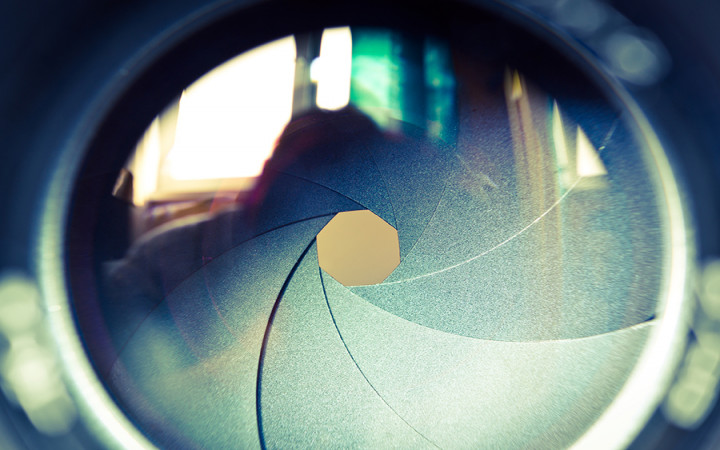Today’s Wonder of the Day was inspired by Zoey. Zoey Wonders, “How does photography work?” Thanks for WONDERing with us, Zoey!
Would you believe that there was a time not so long ago when everyone did NOT walk around with a digital camera at their fingertips at all times? It's true! Before the invention of smartphones and modern digital cameras, people had to remember to bring their cameras with them if they wanted to take pictures.
Moreover, these old cameras used plastic film, and a single roll of film would only allow you to take a few dozen pictures. And the worst part? After you took a picture, you had to wait hours or days — maybe even weeks! — to get your photographs developed by a professional before you could see how they turned out!
When you think about the impact of digital technology, you realize how significantly the field of photography has changed. If you have a smartphone, you have a high-quality camera with you at all times. You can take a seemingly-endless number of photographs, and you can see what they look like immediately.
Despite all of these changes, however, some things about photography remain the same. To take a great photograph, you need to learn the basics of exposure, which is the amount of light that reaches your camera's sensor and determines the brightness and detail you'll capture.
When photographers talk about exposure, they often refer to the exposure triangle. No, it's nothing like the Bermuda Triangle. It also doesn't have anything to do with the Pythagorean Theorem. It's just a way of expressing how three factors work together to produce a proper exposure.
The three parts of the exposure triangle are aperture, shutter speed, and ISO. Aperture refers to the size of the lens opening, which controls the amount of light entering the lens. The larger the opening is, the more light that comes in.
Shutter speed refers to how long the shutter is open, which controls how long light is allowed to hit the camera's sensor. The longer the shutter speed is, the more light is allowed to hit the sensor.
ISO, which stands for International Standards Organization, is a standardized industry scale for measuring the camera sensor's sensitivity to light. The higher the ISO is, the more sensitive the camera's sensor will be to light.
If you think of a camera as your brain and the lens as your eyes, then aperture is like your eyelids (the wider you open your eyelids, the more light that comes in), shutter speed is like blinking (the faster you blink, the less light that comes in), and ISO is like a pair of sunglasses (the darker the sunglasses are, the less sensitive you are to the light).
You can achieve a good exposure with a wide variety of combinations of aperture, shutter speed, and ISO. Changing one of these values usually requires an opposite change in one or both of the other settings.
Why would you change one particular setting? Each setting has corresponding effects on the artistic nature of your photo.
For example, a fast shutter speed can stop motion, giving you a clear picture of an athlete in motion. A slow shutter speed, on the other hand, can blur motion, such as the movement of a waterfall.
Likewise, adjusting aperture affects the depth of field of your photograph. A large aperture will give you a blurry background, which is great for portraits. A smaller aperture will ensure the background remains in focus, which you might want for a landscape photo.
Learning the basics of exposure is important if you want to be a great photographer one day. Fortunately, smartphones and most digital cameras feature automatic settings that calculate these values and give you great exposures without much effort. Isn't technology great?




